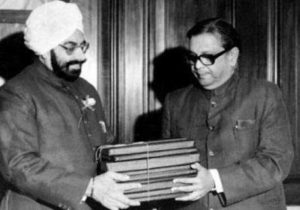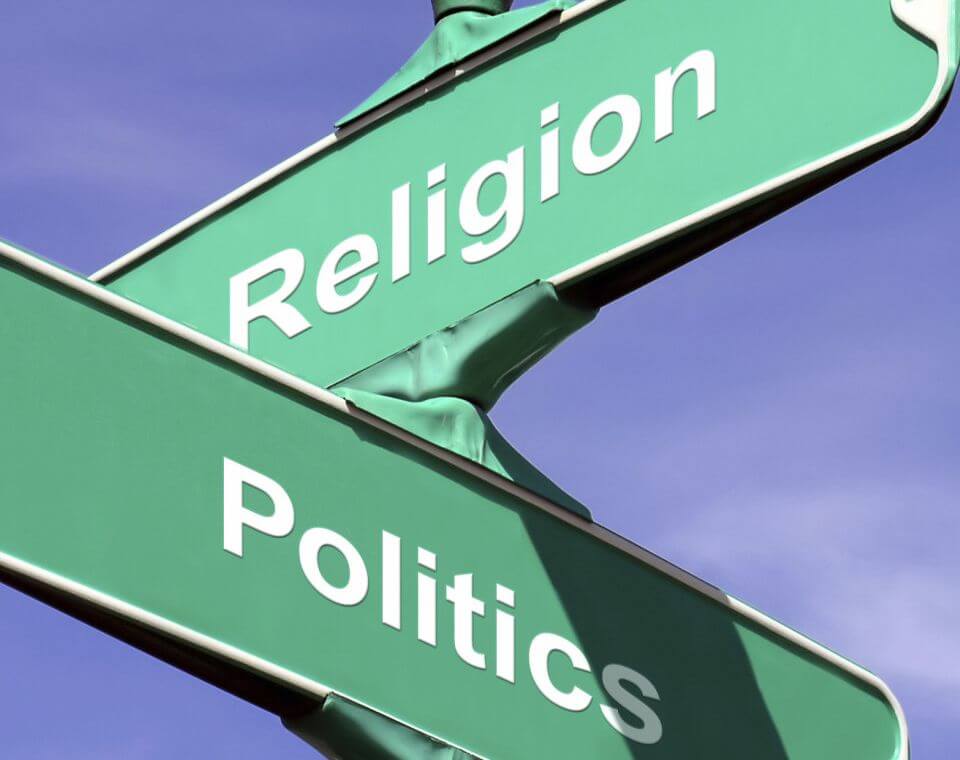Do you think Caste plays a role in today’s Indian Politics?
Of course, there is a huge influence of Caste in Politics. We have all seen the different agitations taking place in the country – the Patel agitation in Gujarat, the demand by Jats, Yadav votes in UP and Bihar or for that matter Brahmins in Kerala demanding for a Backward class quota last year are significant events broadcasted by all the news channels in the last few years. These movements have impacted the regional political parties as well who want to appease the public for their votebank.
The influence of caste and religion in Indian politics cannot be emphasized enough. Time and again, stories from across the country show that the votes are divided majorly on the basis of caste or of religion. The more India seems to progress, the more it is rooted in the problems of caste and religion, bound by the powerful forces of these two institutions. The newspapers are filled with stories of how the various parties woo the voters of a particular caste or religion to get their votes. This article will deal with the issue of Caste politics which has had a gruelling effect in the Indian democracy. Let’s find out what is the relevance of caste in Politics?
Caste politics has been a central theme in the Indian elections and its influence has only deepened the divide between the various caste groups. According to Sen (2012), one needs to analyse the policies which the Indian State has been pursuing since Independence and not only look at the strategies devised by the political parties alone. One cannot forget the chaos which the Mandal Commission report caused in the 1990s which recommended reservations for the Other Backward Caste groups changing the caste equations, especially in the Hindi heartland.
Turning Point: Mandal Commission and its Aftermath
Reservations have been a sensitive topic in the Indian democracy with many critics commenting on the pros and cons of the policy. The Constitution guarantees under Article 15 (3) any special provision may be made for women and children belonging to all social groups transcending caste, religion etc., for their advancement and welfare in all fields. Also, under Article 15(4) special provisions may be made for the advancement in any field of any socially and educationally backward class and for the Scheduled Castes and the Scheduled Tribes. These laws were made with the basic aim of uplifting the masses of the lower castes who were denied basic rights since time immemorial.
Read more – Caste Based Reservations: Discrimination Behind The Drape Of Equality.
With the release of the Mandal Commission Report, there was a turning point in the history of caste politics. Its recommendations which were initiated by the Janata Party Government under Charan Singh in 1979 was finally implemented by the Congress Government in 1992 despite the hurdles in between. This movement triggered widespread protests. With the implementation of the report, the OBCs became a powerful group contesting for their rights and no political party could thus afford to displease a major part of their vote bank. Many leaders of the OBC community, especially in the Hindi belt for eg. Mulayam Singh Yadav and Laloo Prasad Yadav, emerged to empower their community and the political parties they constituted represented their fraternity.

Many scholars and analysts attribute the cause of Dalit empowerment and emancipation to this movement. With education among the lower castes there began the process of mobilization of the Dalits. The more the Dalits got empowered, the more they raised questions for their development and this had led to many clashes in the country which is used to its advantage by the political parties.
The political churning which was taking place in the society in terms of caste continued throughout the 70s and gained momentum in the 90s especially with the formation of various parties on the basis of caste – Bahujan Samajwadi Party (BSP), Samajwadi Party (SP) in the North, Akali Dal in Punjab, DMK and AIADMK in Tamil Nadu, Bharatiya Janta Party (BJP) caters to the upper caste Hindus etc. The radical nature of these political parties coupled with the movements in the respective states by the different caste groups added to the momentum of the movement creating ripples in the Indian society. These groups help to create a sense of identity among the people of that community which when channelized in the right way can help to empower them.
But the downside is that they created further divide. While the dominant caste among the OBCs became powerful, the other castes in the broad spectrum of OBCs became alienated and suffered the same fate that they faced earlier. Sen also mentions in his book that the concept of Sanskritisation is present today in an inverted manner as many of these caste groups today are fighting to claim the status of being back to get the benefits of government quotas as seen in Patidar agitation in Gujarat, Gujjars in Rajasthan, the agitation by the Jats in Haryana etc. This adds on to the nature of the nature of contemporary politics.
Contemporary Caste Politics –

India is synonymous with caste as this institution exists only in India. Almost all the states in the country indulge in caste politics. Every caste group is now mobilizing itself to align with the political parties that represent their interests depending on their vote bank share in the state depending on the population.
In the recently held Karnataka elections also, on could see that much importance was given to the votes of the Lingayats – an upper caste group which comprises about 14% of the population. Both the Congress and BJP were to vie for their votes. Apart from Lingayats, the Vokkalingas, another upper caste group was also considered of prominence; as also was the group of OBCs which apparently consists of 35% of the population; Dalits comprise of 19.5% and other groups. But, one of the significant things to note is that even with these caste groups or religious groups there was a caste hierarchy and some are considered to be on the higher side while some on the lower side which is contested.
Read more – What Was Ambedkar’s Ideas On Caste System In Hinduism?
Another example is that of Uttar Pradesh, a large state in the Hindi heartland, popular for the caste politics which takes place there. With many political parties like SP, BSP, Congress, and BJP considered the main parties there, the bye-elections in UP this year saw the alliance of SP and BSP after 13 years against the BJP to wrest one of the strong constituencies of the BJP – Gorakhpur and Phulpur. The BJP was also limited in Kairana, UP showing that the people were not for divisive politics. But, in this state also caste played a major role. Looking at the caste composition, one can understand which caste groups were of significance to the vote bank.

These are just examples of two states where elections were held recently. All the political parties which participated indulged in caste politics by fielding candidates according to the majority caste there – Patel, Nishad community in UP and AHINDA comprising of minorities, backward classes and Dalits in Kannada used as a voter base by the Congress are only some recent examples in caste politics where there are many more examples.
Read more – Is The Indian Democracy A Success Or Failure?
Thus, it becomes important to note that with the General Elections coming up in 2019 what will be the agenda and the strategy of the political parties in garnering maximum votes. With people not happy with the discourse of ‘development’ that the Narendra Modi government used to win the elections, will they come back to the earlier idea of caste and religion politics or will some other discourse come up to woo the voters which are the emerging trend as seen in the recent elections? The only option which the voters have as of now is choosing between the Congress and the BJP until a strong third front comes up by 2019 dominated by the regional political parties which are based on caste ideologies – SP, BSP etc. It is yet to be seen how the political parties will battle it out in 2019.
